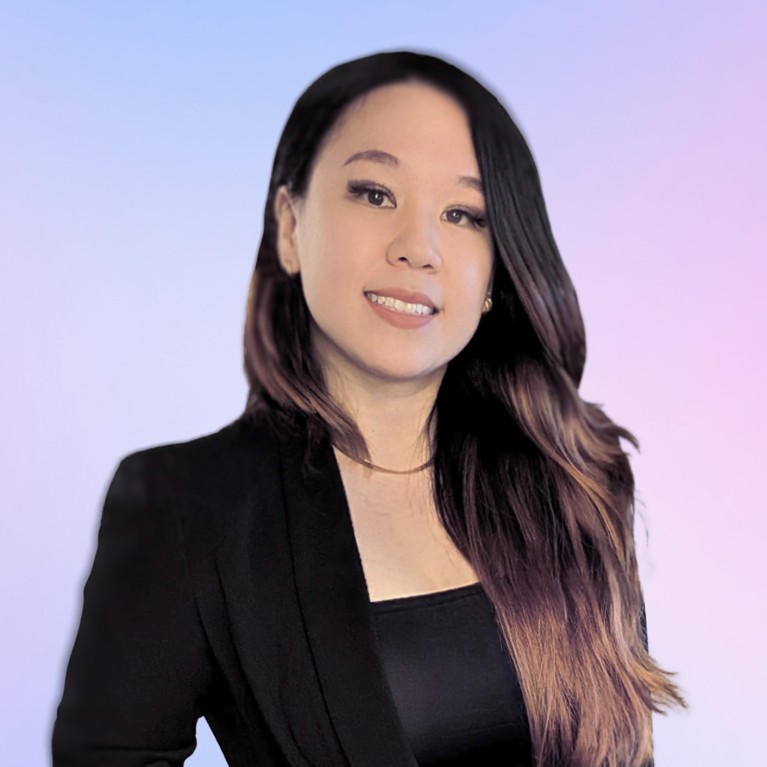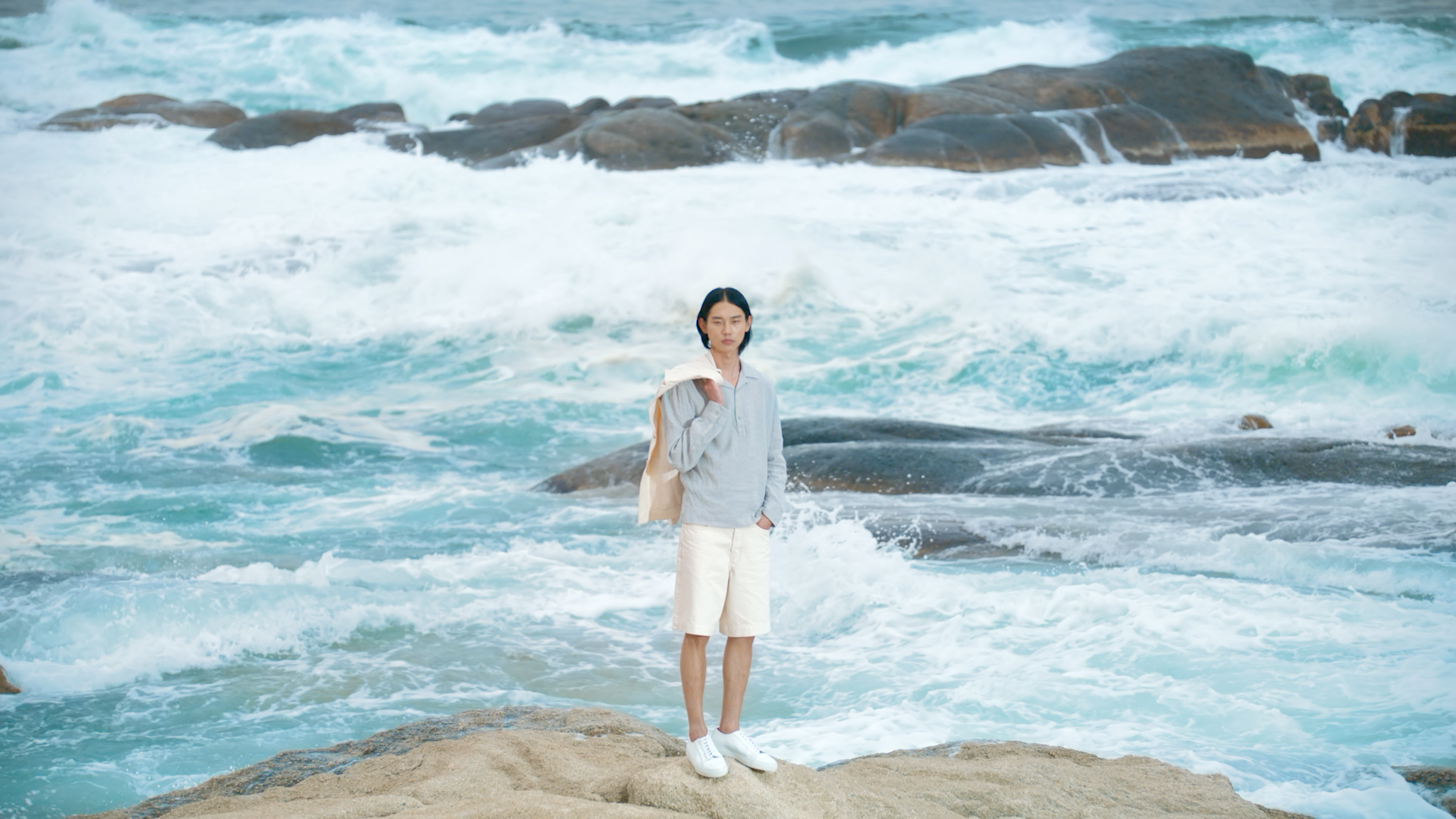What do nursing and user experience design have in common? If Rachel Mah’s journey is anything to go by, it’s that they both have people at their core.
Now a Senior Product Designer in tech giant Atlassian’s AI team, Rachel is a graduate of the UTS Bachelor of Design in Visual Communication. Having originally enrolled in a nursing degree, she quickly realised that although a nursing career would keep her connected to the human experience, it might not offer the sort of creativity she was truly looking for.
“I’ve always been a bit of a creative person — you could lock me in a room and I’d make all kinds of things,” she says.
“While I was doing nursing, I was freelancing on the side, doing small gigs like making logos and posters for friends and uni events. The more I did, the more I realised, yeah, I could probably make a career out of this,” she says.
From one people-focused profession to another
At the time, a couple of Rachel’s friends were enrolled in the UTS Bachelor of Design in Visual Communication, and she found herself fascinated by what they were doing. She was also drawn to the fact that the degree seemed to encourage students to explore design in all its glory, rather than pushing them to specialise in a single area of practice.
“It’s a place where you can explore different types of design and you don’t have to fit in a specific mould,”


“You could be doing motion graphics, you could be doing data visualisation, animation, illustration, branding — it gives you a baseline understanding of what you like and an opportunity to see how you could apply them to your life and career.”
That freedom of expression turned out to be an excellent fit for Rachel, who describes herself as “a huge dabbler”. Over the course of her degree, she threw herself into a wide range of design disciplines — typography, visual design, motion design, exhibition design; she tried them all.
Another benefit was that students were encouraged to collaborate with peers from other disciplines across UTS. Interdisciplinary practice is a hallmark of UTS Design courses; for Rachel, being able to access expertise that was so vastly different to her own created a wealth of opportunities to explore design in different contexts.
One example was a project that took place in the UTS Data Arena, a 360-degree data visualisation facility.

“There was a collaborative project with other students from the Interior Architecture, Fashion and Textiles, and Animation Production degrees. We came together to create a 360-degree abstract animation based on a performance by award-winning choreographer Dean Walsh,” she says.
“He choreographed some contemporary dance movements while wearing a motion capture suit, and we translated that movement data into an immersive visual experience. It was really inspirational to see how different strengths and perspectives can build something absolutely unique.”
One degree, limitless opportunities
Since leaving UTS, Rachel has had an extraordinarily varied career. She’s worked in the public, private and university sectors in everything from graphic design, motion design, augmented reality, to user research, service and product design.
Since 2021, she’s been immersed in the rapidly evolving field of artificial intelligence, first as a generative AI design lead for IBM and now as a product designer for Atlassian’s AI products. AI was still in its early stages when Rachel was at UTS; now, it’s transforming the world — and Rachel’s own design practice — at an unprecedented rate.
“Because AI products are an emerging design space, there’s lots of room to ideate and to champion the voice of the user,” she says.
“There’s no denying that AI capabilities come with a lot of new societal risks. As designers, we can look into implementing standards and safeguards that allow users to have better control.”
If Rachel’s post-university experiences have taught her anything, it’s that a visual communication career offers limitless possibilities. Where the path will take her next is anyone’s guess.
“A lot of people say you really need to specialise, but I think it’s good to have that breadth of knowledge so you can pull from different aspects of your experience,” she says.






